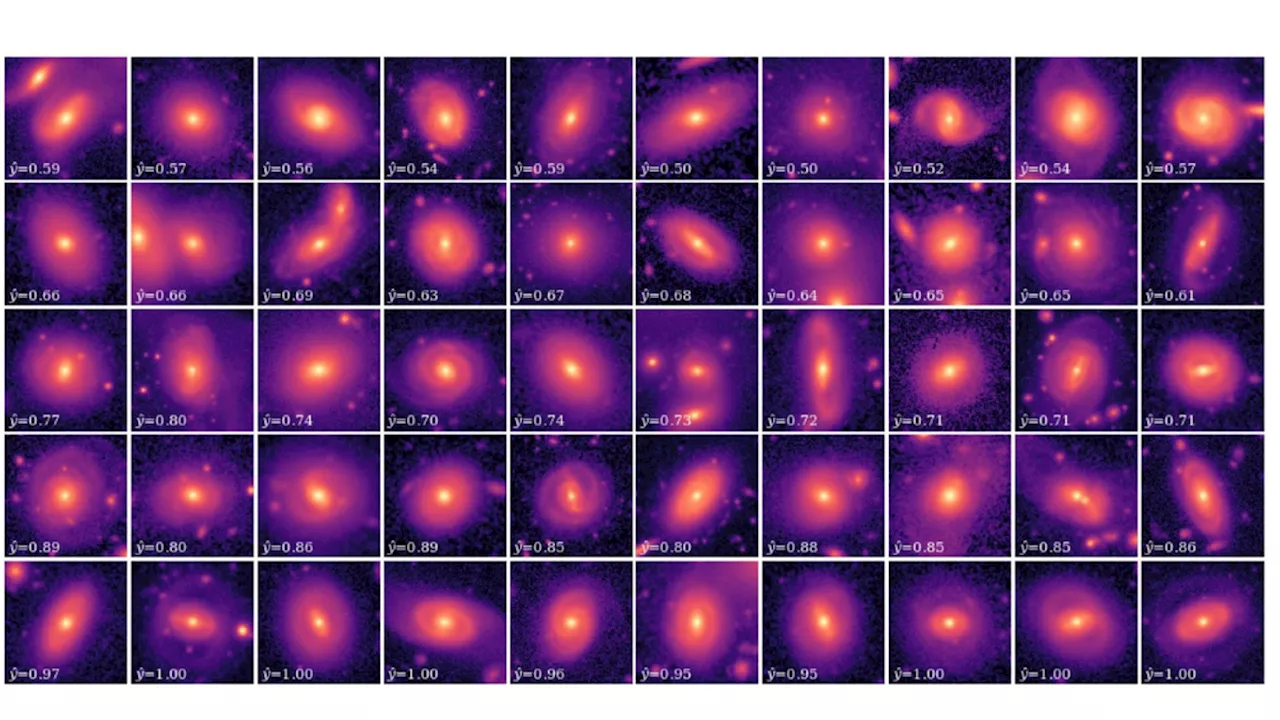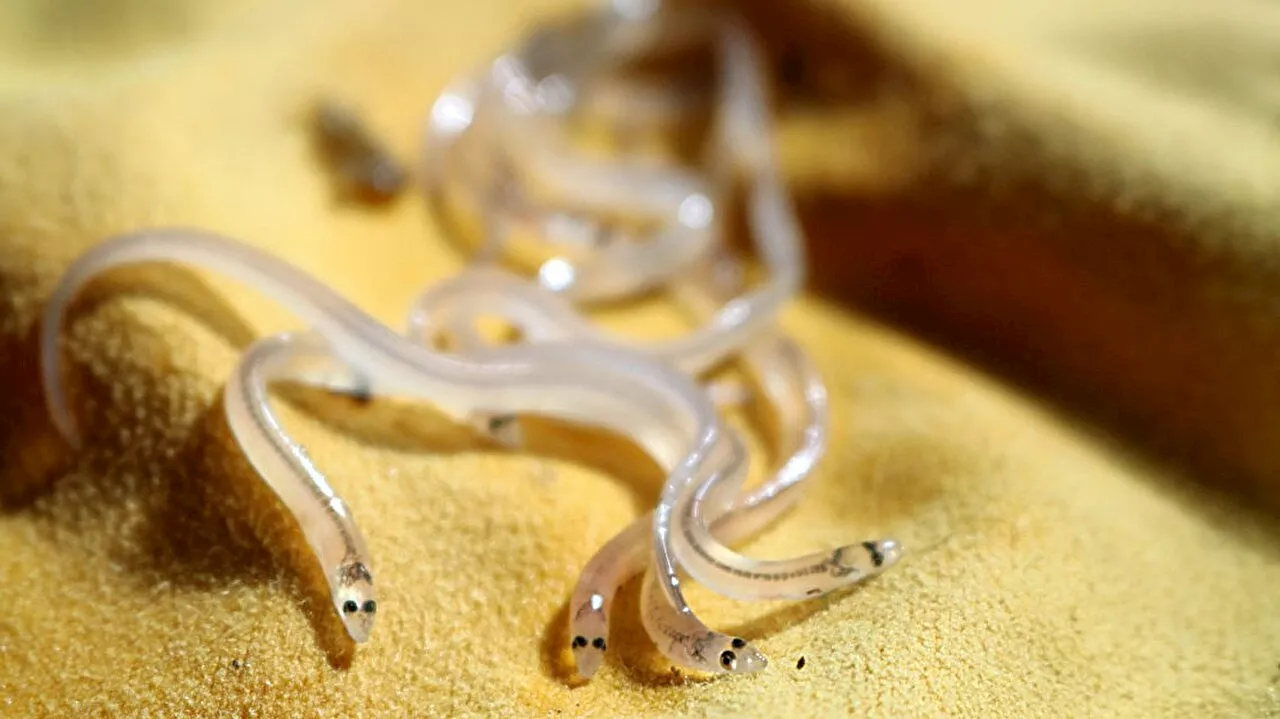Citizen scientists with the Active Asteroid program have pored over more than 430,000 images and found 15 undiscovered active asteroids.
Citizen Scientists working on NASA's Active Asteroids Project have discovered 15 active asteroids and one Centaur. But it required 8,000 people poring over 430,000 images to find them. Image Credit: Henry Hsieh
Active asteroids are unusual and rare objects. To understand them and their place in the Solar System’s history, scientists want to find more of them. That led to the creation ofNow, the Active Asteroids Project has announced the discovery of 15 new active asteroids. These findings are in a new paper published in The Astronomical Journal. It’s titled “” and the lead author is Colin Chandler from the Dept. of Astronomy & the DiRAC Institute at the University of Washington in Seattle.
The Active Asteroid Project is also trying to identify active quasi-Hilda asteroids . QHAs are beyond the asteroid belt but within Jupiter’s orbit. Astronomers have discovered about 3000 of them, and about 15 of them have tails of gas and dust. This image shows one of the active asteroids found by citizen scientists involved with the Active Asteroid project. It’s named 2015 VA108, and the green arrow highlights the asteroid and its tail. Image Credit: Colin Orion Chandler
The Project then uses scripts to download the desired data from astronomical archives. Then, they generate uniform DECam thumbnail images of each object. This results in millions of images of potential active asteroids or similar objects. There’s no possible way there are enough professional astronomers to handle this much work. So, the images are grouped up into “subject sets” and sent to the citizen scientists who put the effort in and make the project feasible.
United Kingdom Latest News, United Kingdom Headlines
Similar News:You can also read news stories similar to this one that we have collected from other news sources.
 Scientists map 1.3 million active supermassive black holes, largest everThis map describes the locations of millions of quasars spread across the vast universe.
Scientists map 1.3 million active supermassive black holes, largest everThis map describes the locations of millions of quasars spread across the vast universe.
Read more »
 Scientists reveal largest map of the universe's active supermassive black holes ever createdPatrick Pester is a freelance writer and previously a staff writer at Live Science. His background is in wildlife conservation and he has worked with endangered species around the world. Patrick holds a master's degree in international journalism from Cardiff University in the U.K.
Scientists reveal largest map of the universe's active supermassive black holes ever createdPatrick Pester is a freelance writer and previously a staff writer at Live Science. His background is in wildlife conservation and he has worked with endangered species around the world. Patrick holds a master's degree in international journalism from Cardiff University in the U.K.
Read more »
 Citizen scientists and AI take a cosmic cruise to discover 430,000 new galaxiesRobert Lea is a science journalist in the U.K. whose articles have been published in Physics World, New Scientist, Astronomy Magazine, All About Space, Newsweek and ZME Science. He also writes about science communication for Elsevier and the European Journal of Physics. Rob holds a bachelor of science degree in physics and astronomy from the U.K.
Citizen scientists and AI take a cosmic cruise to discover 430,000 new galaxiesRobert Lea is a science journalist in the U.K. whose articles have been published in Physics World, New Scientist, Astronomy Magazine, All About Space, Newsweek and ZME Science. He also writes about science communication for Elsevier and the European Journal of Physics. Rob holds a bachelor of science degree in physics and astronomy from the U.K.
Read more »
 NASA volunteers find 15 rare 'active asteroids'Some extraordinary asteroids have 'activity'—comet-like tails or envelopes of gas and dust. NASA's Active Asteroids project announced the discovery of activity on 15 asteroids, challenging conventional wisdom about the solar system.
NASA volunteers find 15 rare 'active asteroids'Some extraordinary asteroids have 'activity'—comet-like tails or envelopes of gas and dust. NASA's Active Asteroids project announced the discovery of activity on 15 asteroids, challenging conventional wisdom about the solar system.
Read more »
 Citizen scientists' 'glass eel' data helps protect Hudson RiverThe Hudson River Eel Project—which has netted, counted and released roughly 2 million juvenile eels since its inception in 2008—owes its success to a cadre of nearly 1,000 high school, college and adult citizen scientists donating time and effort each spring along the Hudson River.
Citizen scientists' 'glass eel' data helps protect Hudson RiverThe Hudson River Eel Project—which has netted, counted and released roughly 2 million juvenile eels since its inception in 2008—owes its success to a cadre of nearly 1,000 high school, college and adult citizen scientists donating time and effort each spring along the Hudson River.
Read more »
 How citizen scientists are protecting ‘glass eels’Laura is a science news writer, covering a wide variety of subjects, but she is particularly fascinated by all things aquatic, paleontology, nanotechnology, and exploring how science influences daily life. Laura is a proud former resident of the New Jersey shore, a competitive swimmer, and a fierce defender of the Oxford comma.
How citizen scientists are protecting ‘glass eels’Laura is a science news writer, covering a wide variety of subjects, but she is particularly fascinated by all things aquatic, paleontology, nanotechnology, and exploring how science influences daily life. Laura is a proud former resident of the New Jersey shore, a competitive swimmer, and a fierce defender of the Oxford comma.
Read more »
